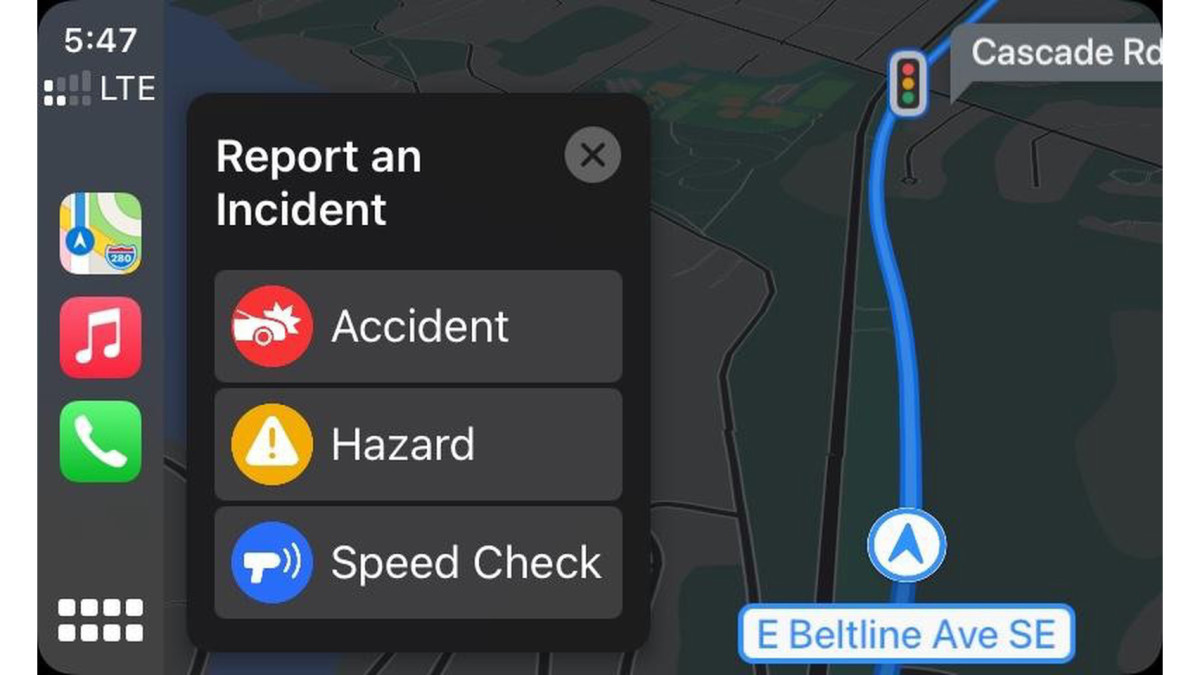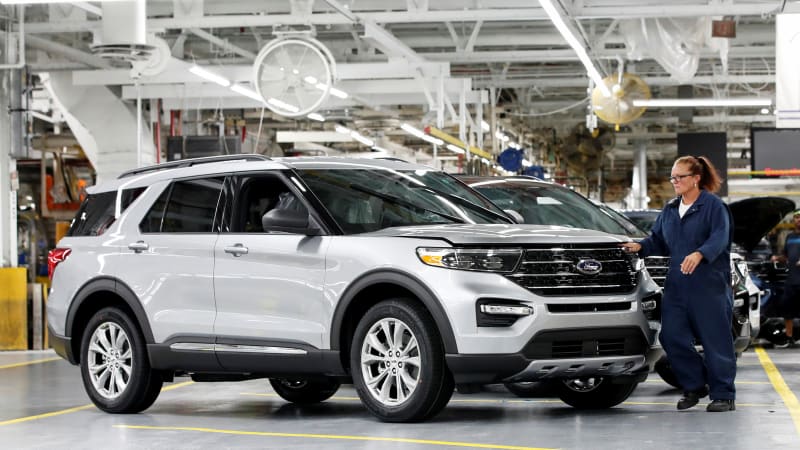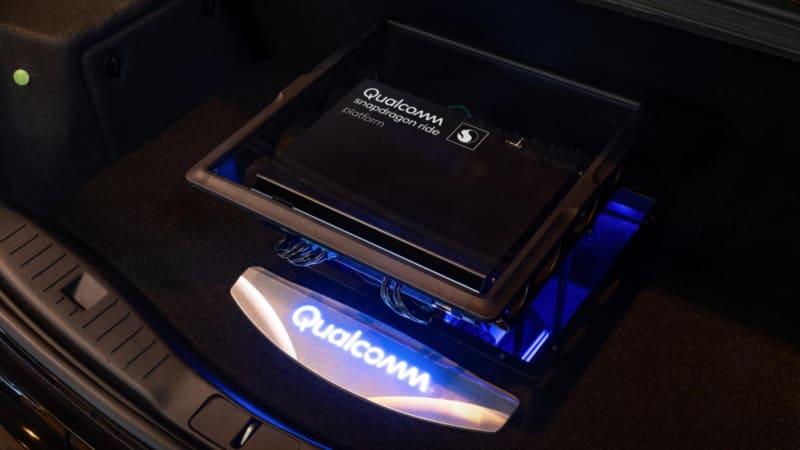New York City's police department has prematurely ended its relationship with Digidog, a robotic dog built by Boston Dynamics and tested as part of a pilot program. While some praised the robot for its ability to venture into dangerous situations, others claimed it sent the wrong message to New York residents at precisely the wrong time.
City officials had high hopes for the robot, and they sent it marching into hazardous situations on several occasions. It was used in barricade and hostage situations, according to The New York Times, and it once delivered food to hostages during a home invasion in Queens. Sending officers instead of the robot could have put lives in danger.
Not everyone welcomed its presence, however. Critics have argued it sends the wrong message to the communities it's used in. "At a time where we should be having more beat cops on the street, building relationships with residents, they're actually headed in another direction in trying to replace them with robots," said Ben Kallos, a Democrat who represents the Upper East Side in the city council, in an interview with the Times.
Others agreed. The NYPD has used robotic devices, in such duties as bomb squad work, for decades, but something about the anthropomorphic quality of Digidog rubbed people the wrong way. Some compared it to the terrifying robotic dogs in the "Metalhead" episode of the "Black Mirror" TV anthology:
Some opined the four-legged robot symbolizes how aggressive police officers can be when they're dealing with poor communities. New York City Mayor Bill de Blasio was "glad the Digidog was put down," according to a spokesperson.
John Miller, the police department's deputy commissioner, sees the matter differently. "People had figured out the catchphrases and the language to somehow make this evil," he said. His view didn't prevail; Digidog's contract was terminated in April 2021, four months ahead of schedule. It participated in about six missions since it joined the force in August 2020, and New York spent $94,000 to lease it for a year.
"For now, this is a casualty of politics, bad information, and cheap sound bites. We should have named it Lassie," Miller concluded. The robot has been sent back to Boston Dynamics, though Miller said it might come back. It's more agile than other robots (it can climb stairs), it shoots better video footage, and it's cheaper to buy or lease.
Elsewhere in America, robotic dogs are far less controversial and surprisingly useful. Ford began testing two robotic dogs (called Fluffy and Spot, respectively) at one of its manufacturing plants in Michigan in 2020. Both were also built by Boston Dynamics to scan and document their surroundings in order to help engineers retool the plant.
Related video:










